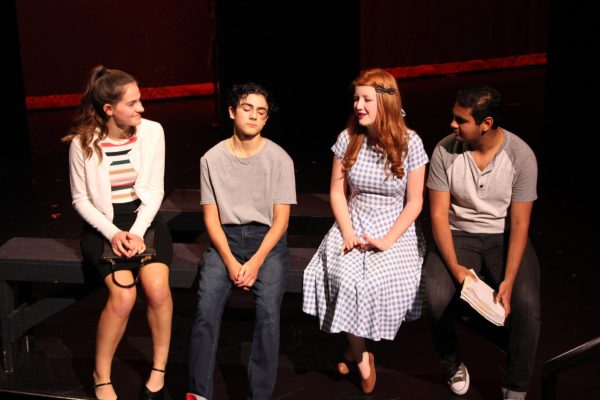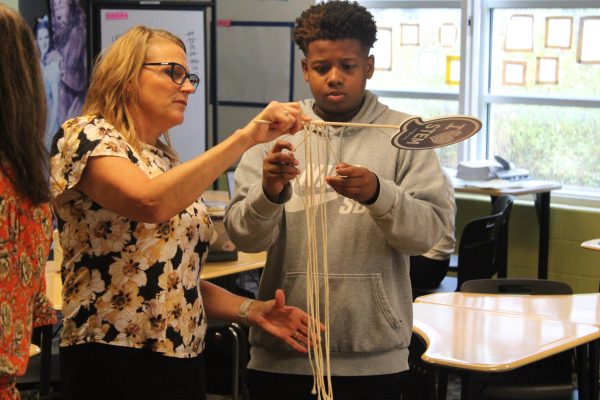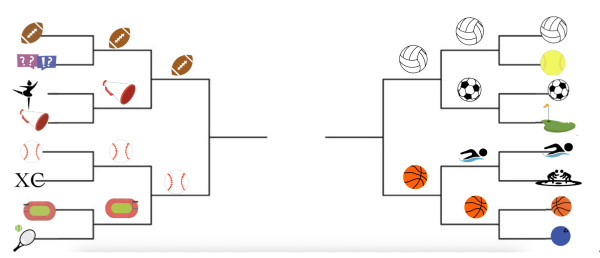What “Serial” Should Mean to High School Students?

Photo by Ella Thomas
I am an avid podcaster. I know you are already clicking off this article but let me explain. Ever since my dad first introduced me to podcasts I have been in love. Any time a have a drive longer than 15 minutes I open Spotify and dive into a podcast that will occupy my mind for days. I have made my way through several seasons of several series but my all-time favorite has to be “Serial” from the New Your Times.
In 2014, host Sarah Koenig launched the podcast with the Times where she would tell one story on a week-by-week basis. The first season dove into the story of Adnan Syed, a Muslim-American who was convicted as an 18-year-old but still claims he is innocent.
This is the point where I urge you to go listen to Serial as soon as possible. This podcast perfectly combines journalistic investigative reporting and creative storytelling to build a story so interesting you don’t want to click pause. Now that I am done selling you a story I’ll give you an outline of Serial.
In 1999 high school student Hae Min Lee was found dead, strangled, in a forest park. Within a year, her ex-boyfriend and classmate, Adnan Syed, was sentenced to life in prison. The sentence was strongly based on testimony from Syed’s friend Jay who claimed that he was asked to help bury Lee’s body. The case caught journalist Sarah Koenig‘s attention when she discovered that there was more of a story behind the murder than the trial suggested.
The major complication of the trial revolved around Syed’s alibi, or rather, the lack thereof. Because Syed could not prove his whereabouts on the day of Lee’s murder the trial relied on testimony from Jay and a cell phone call expert, which led the jury to find him guilty. Syed then spent years pleading his innocence, fighting for his freedom.
Then, on Sept. 19 2022 Syed was released from prison. Further investigation by prosecutors revealed that detectives had kept or covered up information pertaining to alternate suspects. The original detectives and prosecutors had found two alternate suspects who both had criminal records and resided in the area where Lee was killed. By not sharing this crucial information with Syed’s lawyer, the state’s prosecutors committed a Brady Violation. Because the prosecutors failed to disclose evidence to a criminal defendant (or a defense attorney) of a record or report that might suggest the defendant did not commit a crime, Syeds charges were dropped.
State Attorney Marilyn Mosby explained that “keeping Mr. Syed detained as we continue to investigate the case with everything that we know now, when we do not have confidence in results of the first trial, would be unjust.”
Syed’s story has always stuck with me not only because I have followed it for so long but Syed was also a high school student when the case was first investigated. When Lee was first killed, Syed was 17 but prosecutors waited until he was 18 to fully investigate the case. Because Syed was 18, he was tried as an adult causing his sentence to be harsher than it would have been at 17.
To put this into perspective, by the end of their junior year most Blue Valley North students are 17, and by the time they finish their senior year, they are most likely 18. That would put approximately 25 percent of BVN students at 17 years old and 13 percent of BVN students at 18 years old. With over 37 percent of BVN students being the age that Syed was at the time of the case it is safe to say that this issue is relevant to high school students.
Now imagine your classmate, best friend, or rival being accused of murder. Do you help them? Stay out of it? Testify? Or imagine you are in Syed’s position; how do you plead your innocence? What do you do during 20 years in prison? All these questions prove the major flaws in our justice system. Syed’s case is an extraordinary outlier as one of the millions that received justice but there are still so many convicted Americans sitting in prison. If Syed had to wait 20 years for freedom how long will everyone else have to wait?











